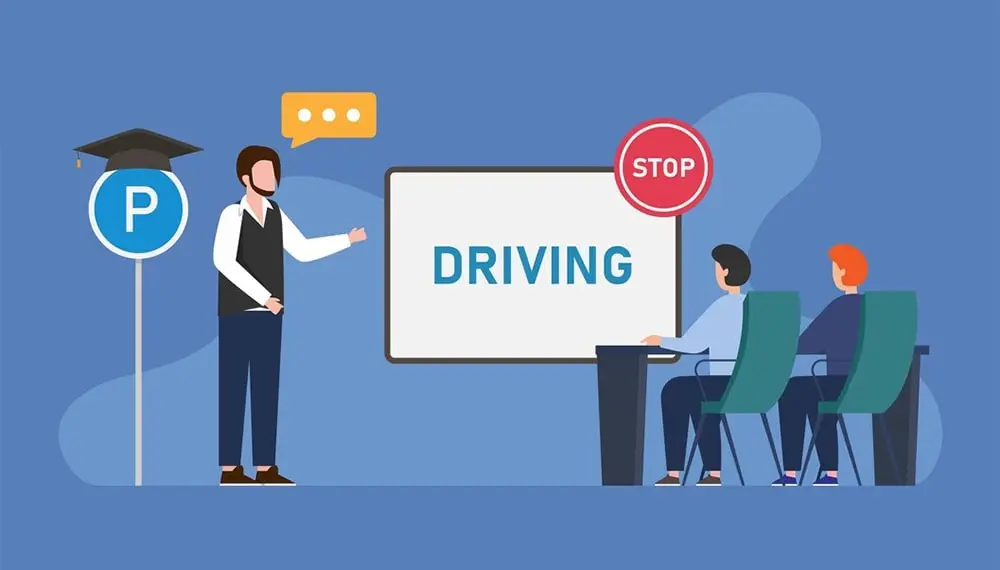Asynchronous learning: A boon in disguise
Amit Sharma
26 May, 2023

There are two types of online classes: synchronous and asynchronous, and each caters to different students' interests, personalities, and learning styles. Synchronous lessons take place in real time, with students and instructors attending from all around the world. Asynchronous classrooms operate on a more flexible schedule, with students accessing class materials at various times and from various locations.
This article examines the benefits and drawbacks of these two forms of online distribution in order to assist you with what aligns best for you.
What Do Synchronous and Asynchronous Classes refer to?
- People can study in new and fascinating ways with online learning, but the ideal sort of online learning is a matter of personal preference. Synchronous virtual classrooms function similarly to traditional classrooms, with pre-determined study schedules and real-time interactions.
Asynchronous classrooms have a unique appearance because students process information and converse with one another at their own pace.
- As long as students have access to the internet, they can engage with class materials at the same time as their classmates. Learners benefit from a disciplined and immersive learning environment without the anxiety and stress of travel.
- Synchronous classrooms use online and videoconferencing technology to build learning spaces, such as Google Meet, Google Hangouts, or Zoom. Teachers may prefer synchronous delivery to asynchronous delivery because it allows for a more conversational approach, particularly if the content demands immediate response and discussion.
- A live-streamed lecture that students attend digitally is a frequent sort of synchronous classroom. Students can ask questions via webcams, microphones, chat or message boards, while teachers or guest lecturers can stream their presentations.
- Teachers can use video conferenced discussion groups to increase classroom participation. They can use breakout rooms to divide students into smaller groups, allowing for more direct discussion.
- Attendance, lectures, and discussion periods are all included in synchronous online classes, just as they are in traditional classes. Students often attend and interact by webcam or livestream forum, with the option of moving into smaller virtual rooms for group work or instructor office hours. Instructors can physically illustrate difficulties or processes while also asking questions.
- Interactive elements such as chat rooms, polls, surveys, and shared documents are included in synchronous classrooms. While online classrooms may not offer the same level of visibility as in-person sessions, students can make a positive impression by displaying themselves online and contributing thoughtfully while adhering to synchronous classroom netiquette.
- Learners can study at their own speed with asynchronous classes. While most asynchronous classes still have deadlines, students can interact with materials, peers, and instructors on their own leisure, frequently over an extended period of time. Although teachers may dictate how the materials should be used, students often have the option of spending more or less time in each area.
- To sustain an ongoing discourse between participants in asynchronous online classrooms, they use forums and message boards. Self-guided classes, workshops, and shared files are also part of the package. Although engagement standards may be higher in this format than in others, many students find asynchronous environments more comfortable for certain types of learning.
- Students in asynchronous classrooms frequently watch pre recorded lectures on their own time. Teachers make video or audio clips and lecture notes available to students online, followed by quizzes to check that they watched or listened to the subject.
- The discussion board is another aspect of asynchronous learning. Teachers can publish discussion prompts in this area, and students can ask questions and communicate with one another. This gives students an engaging experience as well as a place to socialise.
- Students can access their lessons on their own time in asynchronous online classrooms. Teachers can track who watched the lecture or post comprehension tests to record attendance in a variety of ways. More interactive classes may ask students to respond to polls or click buttons, which informs the instructor about how engaged they are with the material.
- Students in an asynchronous class can digest material in a variety of ways: they can devote more time to difficult content and zip through easier material. Because teachers cannot assess a student's readiness in person, asynchronous classes rely heavily on online engagement. This form of delivery also necessitates a high level of self-motivation and proactiveness, particularly if a student is experiencing difficulty with a topic.
- Which class approach is best for each student is entirely up to them. Students should first assess their schedules, as some who work odd hours — such as military personnel, ROTC cadets, or night-shift labourers — may find asynchronous classes more convenient. Students with irregular sleep habits may benefit from asynchronous learning, while those with poor time management skills may not.
- Whereas synchronous environments may favour sociable learners, asynchronous situations may benefit solitary students. Furthermore, extroverted people excel in synchronous classrooms, whereas introverted individuals excel in asynchronous classes.
- Finally, online students should think about their area of interest. In synchronous or hybrid situations, certain majors or classes may do better. Asynchronous classes may be the ideal option for students who want to accelerate their study. Synchronous instruction may be preferable for people seeking a more immersive college experience.
- Asynchronous classes offer flexibility and accessibility to many students. Working professionals and harried students can finish their courses without interrupting their lives.
- Asynchronous learning enables for self-paced and self-directed learning in addition to schedule flexibility. Students can take as much time as they need with the content, as well as think about and edit their ideas before participating in online activities.
- Both synchronous and asynchronous courses have their benefits and drawbacks. When selecting the most appropriate delivery mode, aspirants should examine their personal learning styles and educational interests.




